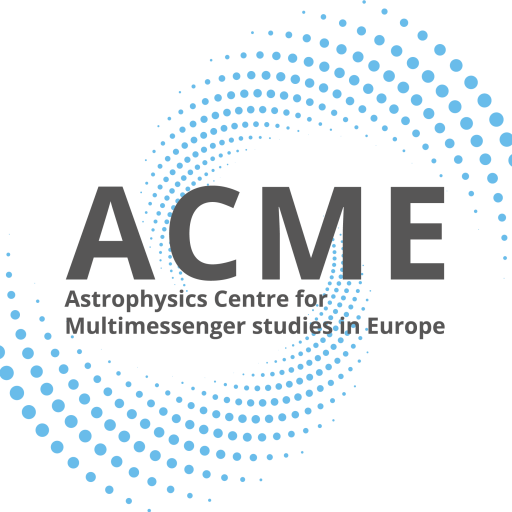Available expertise
e-MERLIN offers end-to-end support for the e-MERLIN user community for the following expertise areas:
- proposal preparation
- MERLIN/e-MERLIN archive requests
- writing observing schedules
- calibrated data through a bespoke e-MERLIN data calibration pipeline
- support with advanced data processing and imaging
- maintaining and developing tools for all the above steps
- online guides for e-MERLIN data reduction
- tutorials and training events
Transnational Access to the EVN is provided through WP2. e-MERLIN provides Virtual Access (VA) to expertise in WP3, with requests accessed through ku.ca1765870601.nam.1765870601bj@tr1765870601oppus1765870601.nilr1765870601eme1765870601. Please contact this address for archival or data access requests. Further information on e-MERLIN support is available at the link provided here.
Together with RadioNet partners, e-MERLIN supports data reduction schools, and online trainings such as the European Radio Interferometry School (ERIS) and e-MERLIN data schools. In-person help is available for visitors and students.
Involved scientists
Dr. Emmanuel Bempong-Manful is a support scientist at Jodrell Bank Observatory with interests in large-scale radio jets from radio galaxies and high-energy astronomy. He works in the observatory operations team, scheduling observations and reducing data for scientists.

Prof. Rob Beswick is an active researcher in extragalactic astrophysics at the University of Manchester. He is the Joint-Director of the UK’s SKA Regional Centre (UKSRC), a new digital research infrastructure project spanning institutes across the UK as part of an exascale partnership delivering data and compute resources needed for the SKAO. He is also the Head of Science Operations for the UK’s e-MERLIN/VLBI National facility, based at JBO, and is responsible for the Science delivery of the UK’s National Radio Astronomy facility. e-MERLIN is recognised as a globally important and unique astronomical infrastructure operated on behalf of STFC-UKRI and relied upon by leading international researchers to deliver world-class observations. Alongside these activities, Rob coordinates various activities bringing together large multi-national major international research infrastructure initiatives that come together in a cohesive and coordinated way to enhance scientific usage and promote Research and innovation.
Dr. Justin Bray is a support scientist at Jodrell Bank Observatory with interests in fast radio transients and high-energy astroparticle physics. Apart from supporting observatory operations, including scheduling, data analysis and software development, he also works on the design, development and commissioning of particle detectors for studying cosmic rays.
Dr. Julia Healy is a research scientist in the science support team at the UK Square Kilometer Array Regional Center. She is one of the project scientists for SRCNet and part of the science support team. She has an interest in galaxy evolution by imaging and analysis of radio spectral line datasets.
Dr. David Williams-Baldwin is a scientist at Jodrell Bank Observatory with interests in image-plane radio transients (X-ray binaries, supernovae and gamma ray bursts), nearby galaxies and high-energy astronomy. He is the e-MERLIN representative to WP3 in ACME, providing access to expertise in the radio domain.







